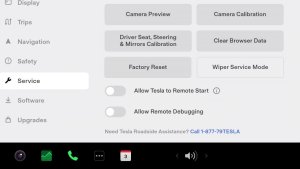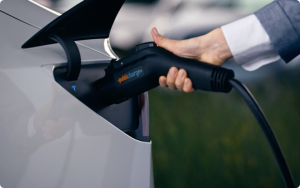Tesla Unveils Powerwall 3: Specs, What's New and How It Compares to Powerwall 2
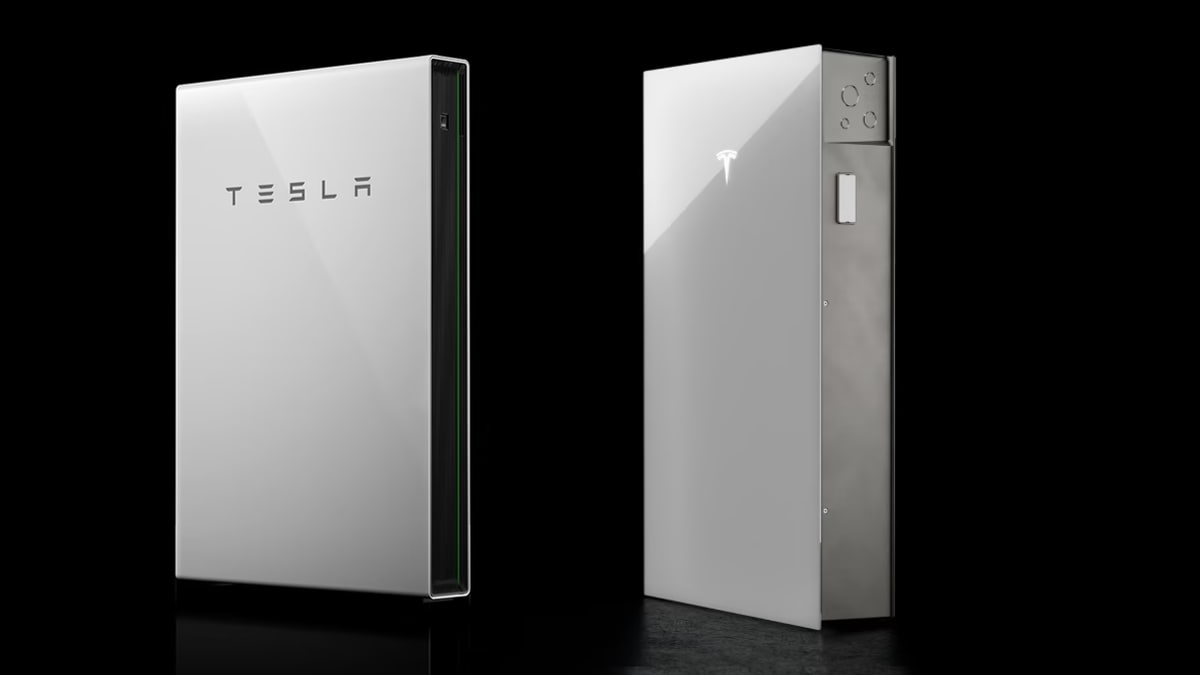
Tesla continues its foray into home energy solutions with the highly anticipated launch of Powerwall 3, a product that pledges to redefine sustainable home energy systems. Official details emerged, painting a promising picture of the capabilities and features of the next-generation home battery.
What Sets It Apart
Building on the success of its predecessors, the Powerwall 3 retains the same 13.5 kWh energy capacity in Powerwall 2. However, the noteworthy upgrade comes in the amount of power it can provide — an increase to 11.5 kW continuous power, instead of 10 kW peak on the Powerwall 2.
The Powerwall 3 also had its on-grid power increase substantially from 5.8 kVA (4.64 kW) to 11.5 kW, both continuously.
Built-in Inverter
A major distinguishing feature is the fully integrated solar inverter with a capacity to handle up to six solar inputs, facilitating high-efficiency direct solar connections. This move showcases Tesla’s commitment to advancing clean energy solutions, setting a new benchmark in solar-to-grid energy conversion efficiency pegged at a staggering 97.5%.
Compatibility and Expansion Possibilities
While it’s built for the future, the Powerwall 3 seems to take a step back in terms of compatibility with existing setups. Tesla has clarified that this new release will not be compatible with Powerwall 2 units or other solar inverters, indicating a clear pathway Tesla envisions for its users — a one-brand ecosystem that promises seamless integration and efficiency.
Prospective buyers should note the enhanced scalability; a single unit can be easily expanded to meet growing energy demands, with a maximum additional capacity of 40.5 kWh per unit. However, it seems Tesla is looking to streamline its operations by directing new solar installations towards the Powerwall 3 while recommending Powerwall 2 for additions to existing solar setups.
Design and Installation
Tesla has slightly redesigned the Powerwall 3, making it compact yet heavier compared to its predecessor. With dimensions of 43.25 in x 24 in x 7.6 in and a weight of 287 lbs, it seeks to blend power with aesthetics. Installation includes the promise of seamless backup transition and resilience against flood and dust, adhering to North American safety and EMI standards.
Despite the buzz and some users reporting early installations, the wide-scale availability of Powerwall 3 is slated for 2024. Moreover, it will not be part of the $500 rebate offer that is currently applicable to Powerwall 2 and Powerwall+ installations happening between June 15, 2023, and October 31, 2023.
Comparing Powerwall 2 and Powerwall 3
| Feature | Powerwall 2 | Powerwall 3 |
|---|---|---|
| Energy Capacity | 13.5 kWh | 13.5 kWh |
| On-Grid Power | 5.8 kVA continuous | 11.5 kW continuous |
| Backup Power | 10 kW peak, 106A LRA motor start | 11.5 kW continuous, 150 LRA motor start |
| Size (L x W x D) | 45.30 in x 29.6 in x 5.75 in | 43.25 in x 24.0 in x 7.60 in |
| Weight | 251.3 lbs | 287 lbs |
| Warranty | 10 years | 10 years |
| Scalability | Single size | Up to 40.5 kWh max addition per unit |
| Inverter | Not included | Included (6 solar inputs) |
As Tesla prepares to roll out the Powerwall 3, prospective users are keen on the transformative features it brings to the home energy landscape. The inclusion of an integrated solar inverter and system controller stands out, promising an efficient and versatile home energy solution. However, it's not without its limitations, particularly concerning compatibility and financial incentives.
Ordering a New Tesla?
Consider using our referral code (karan29050) to help support our site and get $1,000 off your Tesla.


















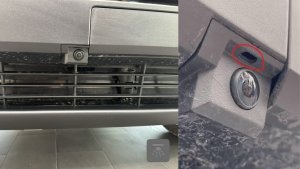
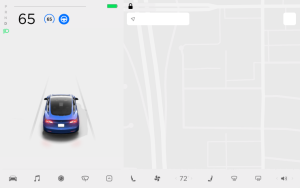

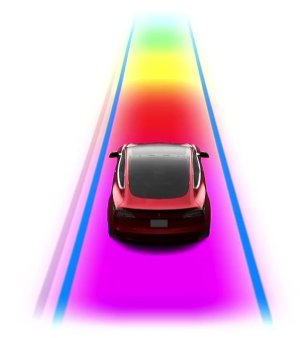

![Tesla Cybertruck: Puddle Lights, FSD/Powershare, Mars? [Update: FSD Now Available in Canada]](https://www.notateslaapp.com/img/containers/article_images/cybertruck/ct_puddle_lights.jpg/003e03bf5f8ad3660801db3b8a52d222/ct_puddle_lights.jpg)
![First Look at Tesla’s New 'Blind Spot While Parked' Feature [VIDEO]](https://www.notateslaapp.com/img/containers/article_images/model-3-2024/blind-spot-indicator-monitor.jpg/4cdcb11af7b1c7cf021ba96588fd4f1a/blind-spot-indicator-monitor.jpg)



